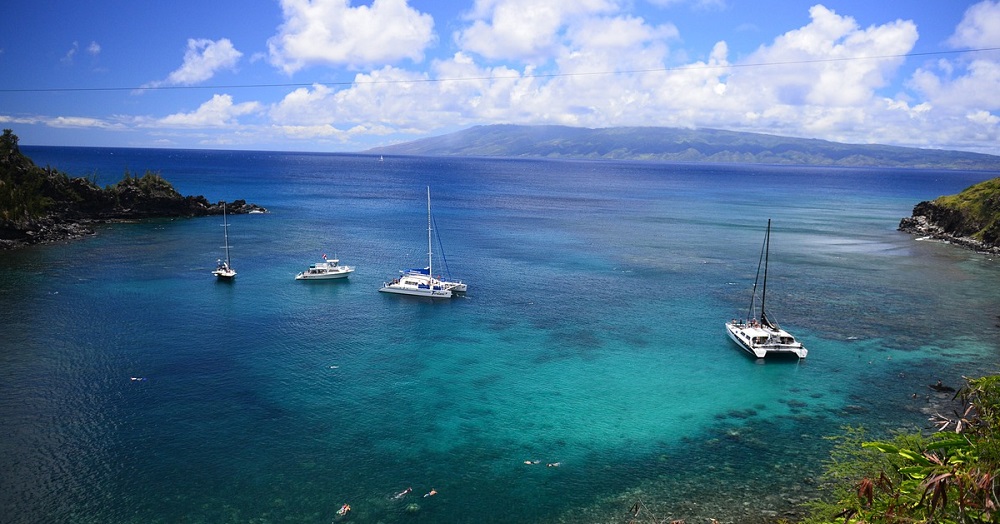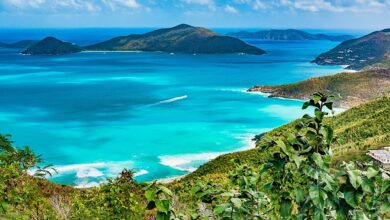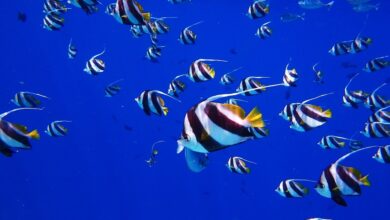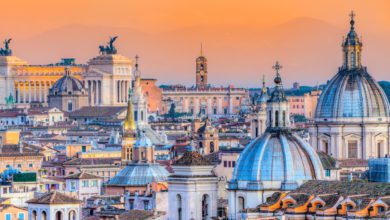
It is no secret that Hawaii is one of America’s famous claims to paradise. The black sand beaches colliding with the crashing ocean waves create a tranquil image of serenity. Snorkeling is a super-sport, as hundreds of species create their habitat along the islets, shores, and bays. There are countless places to see the amazing life “under the sea”. We narrowed it down to five of the best places to start your snorkeling adventures during your Hawaii trip.
Hanauma Bay, Oahu
An average of 3,000 tourist each day flock to the historic and gorgeous Hanauma Bay. Approximately 35,000 years ago, a volcano’s exterior walls collapsed creating the ocean floor. The spot it shelter to various tropical fish Its curved shape bay shelters the area from high winds creating the perfect spot for snorkeling and swimming.
Just a few residents that you can expect to find around the infamous reef include surgeonfish, parrotfish, moorish idols, tangs, butterfly fish, and many more colorful sea life. Due to its unique heritage and sights to see, it has been officially designated a “Marine life conservation” area.
It is very important to recognize that Hanauma Bay is known for its high level of drownings. The mouth of the bay draws in strong currents that can be deadly. Thus, it is imperative to stay away from that portion of the bay and obey warning signs.
Upon arrival, all visitors must watch a short educational video about how to remain safe while swimming and how to respect the marine life during their visit. The time investment in the short video is well worth the benefits of spending the day at Hanauma Bay snorkeling.
Molokini Crater, Maui
Located just two miles offshore from Maui, Molokini is accessible only by boat trip. The unique location of this channel combined with the lack of sand, makes this crater one of the clearest places to snorkel in the world. As you sink in to the sapphire blue water, you will be amazed in the large variety of sea life.
The crescent shape filters against unwanted wind, or waves. If you choose to retire to the boat early, you can enjoy the magnificent “Bird preserve” on the islet itself. Though no one without a research permit is allowed to step foot in the actual islet, you can certainly take in the sites from the boat. If you are headed to Maui, you do not want to miss this snorkel trip.
Tunnels Beach, Kauai
Tunnels Beach is also known as Makua Beach. Looks can be deceiving in this popular destinations. The actual snorkeling area is substantially larger than people think prior to entering the water. Many people enjoy snorkeling around the enormous reef bearing the shape of a horseshoe, while other find that areas off the reef to be more enchanting.
Be aware that different places both on and around the reef have varied safety levels. Snorkeling certain areas should be don’t with caution, depending on the snorkelers’ swimming level. Several spots are prone to high waves and strong currents.
When you first arrive, you will be astounded at the beautiful Hawaiian mountains against the serene turquoise water. After entering the water, the amazement continues. You will enter into the habitats of numerous fish including freckled hogfish, four spot, raccoon, Hawaiian emperor, bigeye, indo pacific snapper, moray eel, sea cucumber, sea urchin and many more. Tunnels Beach will be an unforgettable experience for your family. There are quite a few Kauai snorkeling locations and tours you should research as well.
Kealakekua Bay, Big Island (Captain Cook)
Kealakekua Bay is the famous site where Captain James Cook died. A beautiful stoned area, accessible by a mile and a half swim or kayak, houses a memorial honors him. Some affectionately refer to the bay as “Captain Cook Bay”.
Kealakekua Bay is an extraordinary “Marine Life Conservatory” housing some of the most spectacular aqua life on the Big Island. It is common to see some spinner dolphins playing around the bay or vibrant schools of fish swimming among the coral. Many people enjoy snorkeling on the side of the bay closest to the parking lot.
However, the best snorkeling on the Big Island remains on the far side of the bay. When you are done snorkeling, take a rest along the beach, look up, and admire the scenery. The typical Hawaiian backdrop of vibrant ocean waves crashing against deep black rock will remind you that you are in paradise.
Shark’s Cove, Oahu
Shark’s Cove is an amazing display Hawaii’s many various oceanic creations. The area is divided into two areas. There is a portion enclosed by large boulders, creating a large cove, and another side that leads directly to the open waters.
The waves and strong currents outside of the cove deter many snorkelers from choosing the open water portion, though some expert level snorkelers rave on the incredible sea life. The cove itself provides unique topography, though there is very little coral. The selection of fish are plentiful and diverse.
The cove typically has good visibility, depending on the weather conditions. This destination does not house a sand beach so, keep in mind that you will be walking on boulders out into the water.
This area is not suggested during winter months, as even the cove experiences dangerous levels of waves for safe swimming. It is a very popular destination and parking fills up quick. Get there early and beat the crowds!
One thing to keep in mind is the water is COLD! Avg water temp is in the 70’s, a wet-suit is a worthwhile purchase. Here is a guide to other Oahu snorkel locations and tours.



